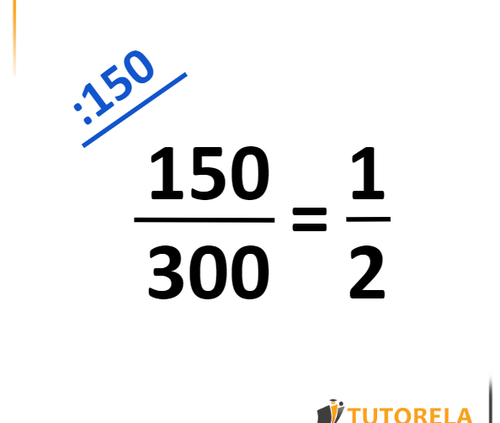To solve this problem, let's determine how many cups of flour are needed to make six cookies using proportions.
Initially, we know that 1 cup of flour produces 3 cookies. Our task is to determine how many cups (x) will be necessary for 6 cookies.
We can set up a proportion based on the information given:
31=6x
To solve for x (the unknown number of cups), we cross-multiply:
(1×6)=(3×x)
This simplifies to:
6=3x
Next, divide both sides of the equation by 3 to isolate x:
x=36=2
Therefore, 2 cups of flour are needed for six cookies.
The solution to the problem is 2 cups.
